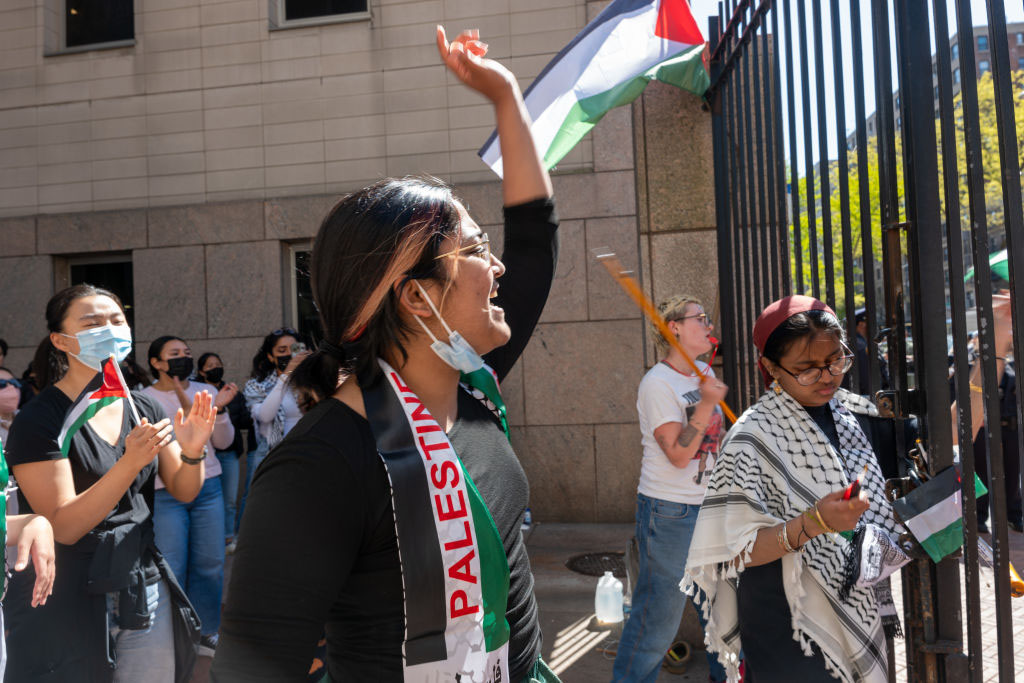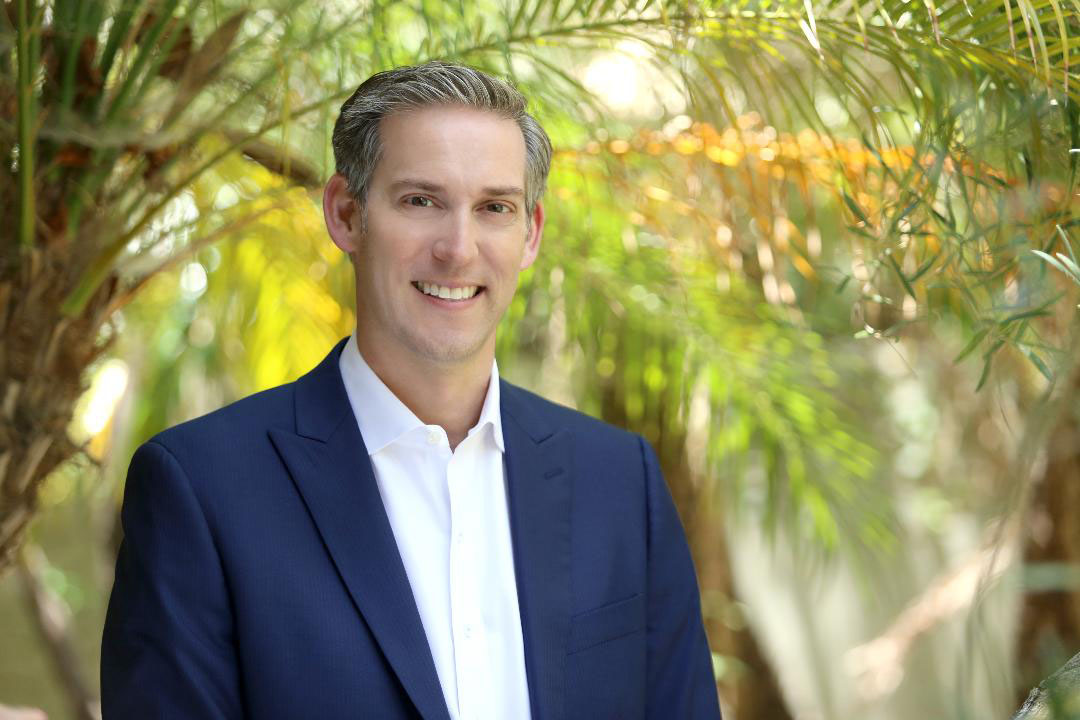
May we form a unified community, doing God’s will with a perfect heart.
These words from the Rosh Hashanah liturgy will be recited by millions of Jews around the world next week. Some will pronounce the Hebrew for “unified community” with a Sephardic accent — aguda ahat — and others will say it with the Ashkenazic pronunciation — aguda achas. The tunes for this prayer will be different, with the Sephardic echoing Middle Eastern and North African musical traditions while the Ashkenazic evoke the musical genres of Eastern Europe. But while pronunciations and tunes might seem to divide us into different “genres” of Jews, the lyrics nonetheless express our desire to be one people.
For me, this Rosh Hashanah prayer — in all of its various pronunciations and tunes — reflects my life’s journey as a Jew. In a metaphorical sense, I have lived in the worlds of aguda ahat and aguda achas, and I have spent my life celebrating both.
I grew up in a home deeply entrenched in traditional Sephardic Judaism. We spoke, ate, prayed and practiced in the classical Sephardic-Moroccan tradition. But I have never attended — not once, to this day — a Sephardic school. From nursery school at Yavneh Hebrew Academy through YULA High School in Los Angeles, and from Yeshivat Kerem B’Yavneh in Israel through Yeshiva University’s rabbinical program in New York, I am fully educated in the Ashkenazic traditions, which are as near and dear to my heart as the Sephardic traditions of my home. I feel blessed to have had this “Ashkephardic” upbringing, and I am thankful to my parents — unfiltered Sephardic Jews — for giving me the opportunity to experience both Sephardic and Ashkenazic Judaism.
My childhood memories of praying in Sephardic synagogues and davening in Ashkenazic shuls evoke blended emotions that equally resonate within my Ashkephardic soul. Praying in Sephardi synagogues transports me to the classical academies of Spain, the Moroccan mellah of my father’s upbringing, and my mother’s aromatic Shabbat tables. Davening in Ashkenazic shuls takes me on a journey through the yeshivot of Ashkenaz, the Eastern European shtetls where many of my teachers were raised, and the tasty Shabbos tables prepared by the rebbitzens who welcomed me into their homes. In Sephardic synagogues, I can hear my father’s French-Arabic stories and feel my mother’s love and wisdom; in Ashkenazic shuls I hear the divrei Torah of my rebbeim, along with the wit and charm of the rebbetzin.
From Maimonides and Ibn Ezra through Rashi and Tosafot, and from Uziel and Yosef through Heschel and Soloveichik, I feel equally at home studying these different yet equally brilliant intellectual traditions. The philosophical world of Maimonides fascinates me as much as the hair-splitting Talmudic analysis of Tosafot, and studying a halakhic responsa of Ovadia Yosef is as inspirational as Rav Soloveichik’s essays. The stories of Sephardic hakhamim and Hasidic rebbes move me equally, as do the literary works of S.Y. Agnon and Haim Sabato. It’s all Torah to me.
Speaking of Soloveichik, in 1993 my Ashkephardic journey was deepened by my marrying Penina (Peni) Tuchman, an Ashkenazi woman from Brookline, Mass., whose childhood rabbi was Rav Soloveichik. Our marriage — starting with our Ashkephardic wedding ceremony that blended Sephardic and Ashkenazic tunes and customs — has been a journey in creating both aguda ahat and aguda achas in our home.
Imagine a Passover seder where Yiddish and Arabic translations of the haggadah harmoniously coexist, and a Rosh Hashanah table where blessings over leek patties and dates share the plate with apples dipped in honey. At our Shabbat table, Kiddush is chanted as if we are all Moroccans, but during Birkat ha-Mazon — or “benching” — we are all Ashkenazim. This Ashkephardic blend has allowed Peni and me to raise our children in a way that equally celebrates the beauties of both traditions.
When Peni and I taught our children how to pray, our goal was for them to feel equally comfortable in Sephardic and Ashkenazic synagogues. No Jew should ever feel like a stranger in a Jewish house of worship, and our Ashkephardic blend has thankfully produced kids who feel equally comfortable in both. Shira’s voice fills Shabbat tables with Ladino romansas and Ashkenazi zemirot, and Ilan leads services by “praying from the tevah” in Sephardic synagogues or “davening from the amud” in Ashkenazic shuls.
In celebrating our children’s bar and bat mitzvahs, it was with “Ashkephardic pride” that we listened to Shira and Ilan chanting prayers in different tunes. Shira chanted her lengthy haftarah, half in the Ashkenazic tune (taught to her by her Zeide) and half in the Moroccan tune, and Ilan read his Torah portion in the Sephardic tune, followed by his haftarah in the Ashkenazic tune (thank you again, Zeide!). Ashkephardic Judaism at its best!
This coming Yom Kippur, my Ashkephardic universe will come to its fullest expression as I split my day officiating at both Ashkenazic and Sephardic services. As the new rabbi of the Westwood Village Synagogue, I will hear the voices of Ashkenazim chanting aguda achas. Just a few minutes away, in the Shaaray Shalom Sephardic High Holy Days services that I lead every year in a hotel, I will hear the voices of Sephardim chanting aguda ahat. As I ponder this uniquely Ashkephardic experience, I am thrilled and thankful to see both of my cherished childhood traditions flourishing side by side, and I feel privileged to participate in both.
This Yom Kippur will also come with a uniquely personal set of Ashkephardic emotions. While Peni and I sit amongst our Sephardi and Ashkenazi friends, we will do so knowing that early the next morning our son Ilan will board an El Al flight to Israel, where he will serve in the Israel Defense Forces. Ilan is not joining the IDF to defend Sephardic Jews or Ashkenazic Jews. He joins the IDF as a proud Ashkephardic Jew, committed to defending the entirety of the Jewish people. In our Ashkephardic accents and tunes, Peni and I will be praying for his safety, for the safety of all IDF soldiers and for the fulfillment of the Ashkephardic prayer we all share in common:
May we form a unified community, doing God’s will with a perfect heart.
Rabbi Daniel Bouskila is the director of the Sephardic Educational Center and the rabbi of the Westwood Village Synagogue.























 More news and opinions than at a Shabbat dinner, right in your inbox.
More news and opinions than at a Shabbat dinner, right in your inbox.